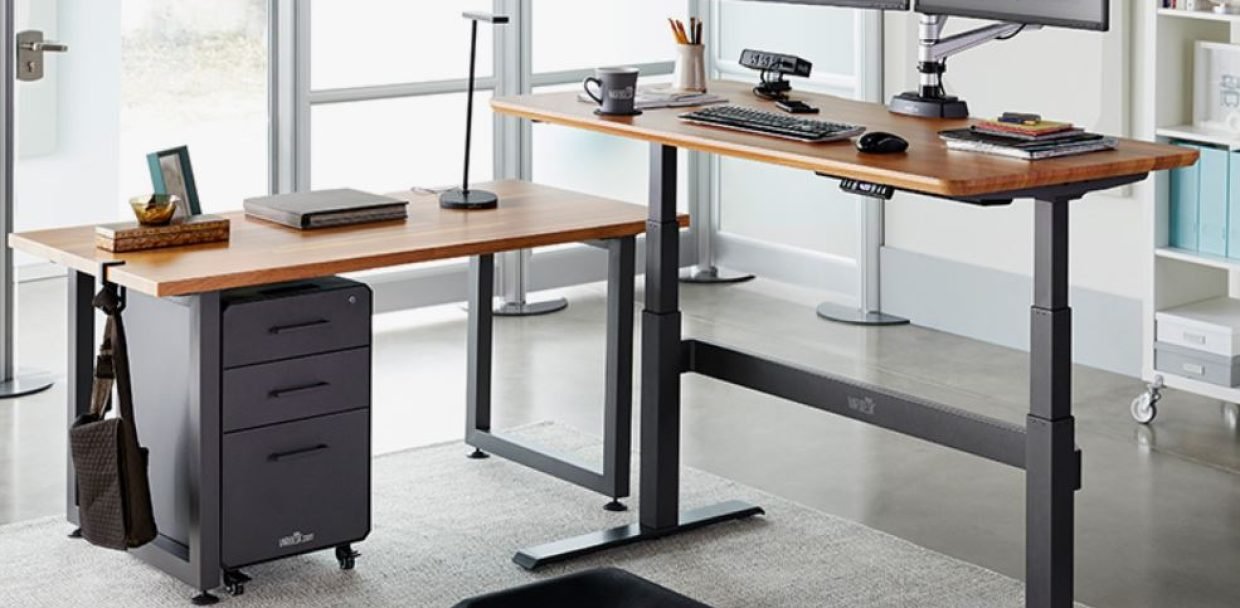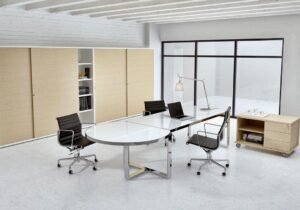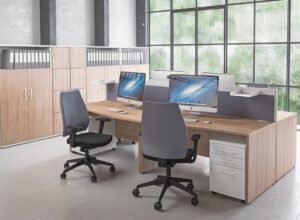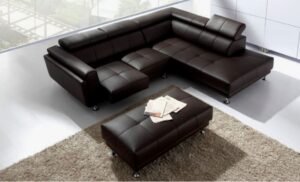In today’s dynamic interior design landscape, the Free Standing Table has become an essential element of modern homes and offices. With a shift toward flexible, functional, and aesthetically pleasing furniture, homeowners and designers are increasingly choosing this versatile piece to create adaptable spaces. Unlike fixed tables or built-in options, a free standing table offers mobility, variety, and style that cater to diverse settings such as dining rooms, workstations, conference halls, and even outdoor patios. Whether it’s a sleek minimalist design or a more robust industrial style, these tables offer endless customization possibilities, making them a popular choice for both residential and commercial use.
Versatility and Functionality of Free Standing Tables
One of the most compelling advantages of a Free Standing Table is its unmatched versatility. These tables can easily be moved, rearranged, or repurposed to suit changing needs. For instance, a dining table can double as a workspace or conference table, and a console table can serve as a buffet station during gatherings. This kind of adaptability makes free standing tables ideal for modern lifestyles where multi-functional spaces are becoming increasingly common. Additionally, their design freedom allows for the integration of drawers, shelves, or extendable features, further boosting their practicality. This makes them an indispensable asset for small apartments, co-working environments, and dynamic office layouts.
Materials and Styles to Suit Every Space
Free standing tables are available in a wide range of materials that can match any interior design style. Wood is a classic option, prized for its warmth and timeless elegance. Hardwoods like oak, walnut, and teak not only offer durability but also bring an organic feel to any room. For a more contemporary look, glass and metal are popular choices. A glass top creates a sense of openness and is perfect for small rooms, while metal frames add an industrial touch that works well in loft-style apartments or creative workspaces. Stone tops, such as marble or granite, offer a luxurious and sturdy alternative, especially for high-traffic areas like dining or conference rooms. Whatever the material, a Free Standing Table brings an air of sophistication and utility to the room.
The Role of Free Standing Tables in Office Design
Modern office environments are evolving to promote productivity, collaboration, and well-being. A Free Standing Table plays a vital role in this transformation. Unlike traditional fixed desks, free standing office tables can be configured in multiple ways to encourage teamwork or individual focus. They can be paired with ergonomic chairs and mobile storage units to create flexible workstations that can adapt to team expansions, remote work setups, or even spontaneous brainstorming sessions. These tables are also essential in creating communal zones like breakout areas, cafeterias, and meeting rooms. By using modular free standing tables, organizations can easily reconfigure layouts to support different workflows, saving time and resources in the long term.
Ideal for Small Spaces and Urban Living
Urban living often demands creative space management due to limited square footage. A Free Standing Table becomes a game-changer in such scenarios. Its mobility means it can be tucked away or repositioned when not in use. Foldable or extendable versions offer added flexibility for those living in studio apartments or compact homes. You can find options with built-in storage compartments or nesting capabilities that allow multiple tables to be stored within one another, maximizing every inch of available space. The free standing design also means you’re not locked into one layout—perfect for renters who need furniture that adapts to different room shapes and sizes.
Enhancing Outdoor Spaces with Free Standing Tables
Outdoor spaces like patios, gardens, and balconies also benefit from the use of a Free Standing Table. These tables can be made from weather-resistant materials like treated wood, metal with powder coating, or high-grade plastic composites. This makes them ideal for al fresco dining, weekend barbecues, or even as potting stations for gardening. Their portability allows you to move them based on sun exposure, weather conditions, or event setup. Whether you’re hosting a small gathering or enjoying a solo morning coffee, an outdoor free standing table enhances functionality while complementing your exterior aesthetics.
How to Choose the Right Free Standing Table
Choosing the right Free Standing Table involves several considerations beyond just aesthetics. First, determine the purpose of the table—is it for dining, work, or decoration? Next, evaluate the available space and measure accurately to ensure the table fits well without crowding the room. Material choice is also crucial, as it affects durability, maintenance, and overall appearance. Finally, consider your existing decor and select a table that harmonizes with your interior style. Investing in a high-quality, well-designed free standing table can significantly elevate the comfort, functionality, and visual appeal of your space.
Maintenance and Longevity
Like any piece of furniture, a Free Standing Table requires proper care to maintain its look and longevity. Wooden tables should be regularly polished or treated to prevent warping and stains. Glass surfaces need frequent cleaning to keep them smudge-free, while metal frames may require anti-rust treatments depending on the climate. For outdoor models, it’s wise to invest in protective covers or store them indoors during extreme weather. Regular maintenance not only preserves the aesthetic appeal of your table but also extends its usability, ensuring it remains a valuable addition to your space for years to come.
Eco-Friendly and Sustainable Choices
Sustainability is becoming a top priority for many consumers, and the furniture industry is responding accordingly. Eco-conscious buyers can now find Free Standing Tables made from reclaimed wood, bamboo, or recycled metals. These materials not only reduce environmental impact but also add a unique character to the furniture. Some brands even offer customizable options that allow buyers to select sustainable finishes or coatings. Choosing an eco-friendly table aligns with responsible living and contributes positively to the environment, making your furniture choices both stylish and ethical.
Conclusion
The Free Standing Table has evolved from a simple utility item to a central piece of multifunctional furniture in both homes and offices. Its adaptability, aesthetic range, and practicality make it a preferred choice for interior designers and homeowners alike. Whether you’re decorating a small studio apartment or redesigning a corporate office, this type of table offers the flexibility and sophistication needed to meet modern demands. With careful selection and regular maintenance, a well-crafted free standing table can become a long-lasting and integral part of your living or working environment.






